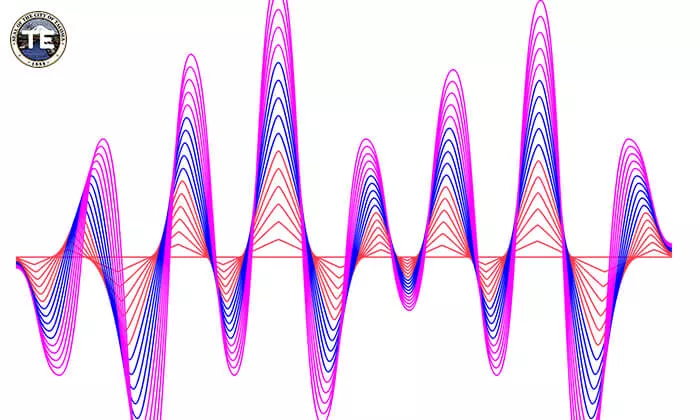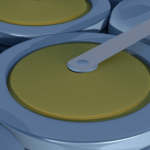The quest for sustainable and efficient energy sources is a cornerstone of modern engineering, particularly as the energy demands of small electronic devices continue to soar. Recent advancements have brought vibrational energy harvesting to the forefront, offering a promising solution for powering everything from wearable technology to medical implants. This technology captures the ambient vibrational energy otherwise lost in the environment, converting it into usable electrical power.

The Science of Tri-Stable Energy Harvesters
Tri-stable energy harvesters are at the heart of these innovations, devices that significantly outperform their predecessors by utilizing a broader range of vibrational frequencies. Engineers Tingting Zhang and Yanfei Jin from the Beijing Institute of Technology have pioneered methods to enhance the efficiency of these harvesters using colored noise—a type of noise that contains a spectrum of frequencies with varying intensities, closely mimicking natural environmental vibrations.
Unlike traditional linear harvesters, tri-stable variants can harness low-frequency, random vibrations and convert them into alternating current (AC), which is then transformed into direct current (DC) via a rectifier circuit.
Optimizing Performance with Colored Noise
The effectiveness of tri-stable energy harvesters can be drastically improved through precise control mechanisms. Jin and Zhang employed a technique known as parallel synchronized switching harvesting on inductor (P-SSHI) to optimize the harvesters' output when exposed to colored noise.
This approach maximizes the direct current output efficiently and ensures the energy conversion process is more stable and consistent. The utilization of colored noise, due to its similarity to real-world environmental vibrations, proves crucial in enhancing the real-life applicability of these energy harvesters.
Implications and Future Prospects
The implications of this technology are profound. With the ability to efficiently convert ambient vibrational energy into electrical power, the reliance on traditional chemical batteries could decrease, paving the way for more sustainable energy solutions in numerous applications.
The ongoing research aims to refine the design of the management circuits integral to these devices, ensuring they can reliably supply power to low-energy electronic devices. As these technologies evolve, they promise to significantly impact how we power our electronic devices, making them greener and more sustainable.
The advancement in harvesting vibrational energy using colored noise marks a significant milestone in the field of energy harvesting. This technology offers a sustainable alternative to battery power and aligns with the growing global emphasis on renewable energy sources. As research continues, the potential applications of this technology expand, setting the stage for a revolution in how we power our technology-driven world.
Enhancing Device Longevity and Reducing Waste
One of the key benefits of this emerging technology is its potential to extend the operational lifespan of small electronic devices. By integrating tri-stable energy harvesters into devices, manufacturers can reduce dependency on traditional batteries, which are often limited by lifespan issues and create substantial waste.
This shift enhances device longevity and aligns with environmental sustainability goals by reducing the number of batteries that end up in landfills. Furthermore, the ability to harvest energy from the environment could lead to devices that are perpetually powered as long as ambient energy is available, ushering in a new era of convenience and eco-friendliness in consumer electronics.
Future Directions in Energy Harvesting Research
As the technology behind vibrational energy harvesting continues to evolve, future research will likely focus on increasing energy conversion efficiency and expanding these systems' applicability to a broader range of frequencies and environmental conditions.
This could include developing materials that enhance the piezoelectric effect or designing more sophisticated control systems that adjust dynamically to changes in environmental energy.
Additionally, interdisciplinary collaborations among physicists, engineers, and material scientists could spur innovations that make these energy harvesters even more effective and versatile, potentially transforming them into a standard power source for a new generation of electronic devices.
Source: https://www.springer.com

Carl Riedel is an experienced writer and Open Source Intelligence (OSINT) specialist, known for insightful articles that illuminate underreported issues. Passionate about free speech, he expertly transforms public data into compelling narratives, influencing public discourse.













